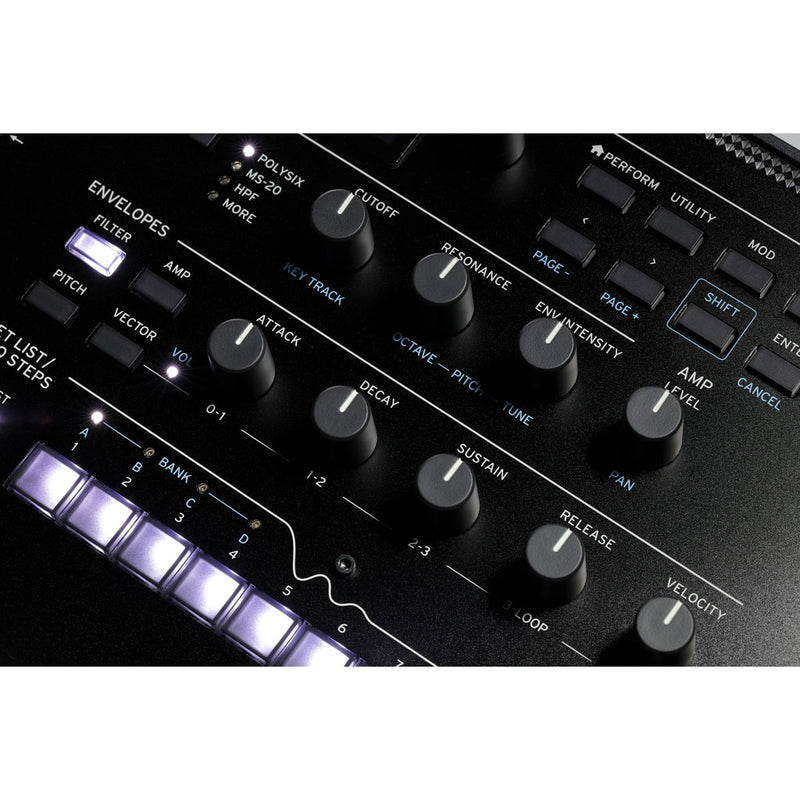

- #Midi monitor could not make a connection to its midi driver series#
- #Midi monitor could not make a connection to its midi driver windows#
This is the cause of most of the MIDI communications issues which we encounter in Windows.
#Midi monitor could not make a connection to its midi driver windows#
In Windows only one application can access a devices MIDI ports at a time.
#Midi monitor could not make a connection to its midi driver series#
See the Setup and Troubleshooting pages for the DAW and controller series which you are using, for details about configuration. If you don’t see anything like that, check that the MIDI settings in the application are configured correctly. Often music applications will have a MIDI activity indicator which will move or light up when incoming MIDI data is received. If that is the case, quit MIDI Ox or MIDI Monitor and open your DAW/music application, then check if it will respond when you press the keys or move controls. If you see messages appear in the monitor window in MIDI Ox or MIDI Monitor, as you press keys and move controls it means that data is being received. You will see a stream of controller data appear in the controller window. You will see Note On and Note Off data appear in the monitor window.

Press a key on your controller and release it.Drag MIDI Monitor to your Applications folder (or some place you can find it).MIDI Monitor is very useful if you need to test a controller without keys or if you need to see more information about the data which your controller is transmitting. Note: If you are using a controller which doesn’t have keys, follow the instructions for using MIDI Monitor, below. You will also see an arrow flash blue, under the port which the Note Data was transmitted on. When you release the key, you will hear a small noise which indicates that a Note Off message has been received. Press a key on your controller and then release it.If you see an icon for your controller, click the ‘Test Setup’ button (see Image 4).If you have had a number of MIDI devices connected to your computer, you may need to expand the window to see all of the icons. In the MIDI Studio window, check if you see an icon associated with your controller.If you see an option to ‘Hide MIDI Studio’, the MIDI Studio window should already be visible. If you see the option to ‘Show MIDI Studio’, click on it.In Audio MIDI Setup, open the ‘Window’ menu.In Utilities, double-click on ‘Audio MIDI Setup’ (the icon looks like a controller keyboard).Open your Applications directory or open the ‘Go’ menu at the top of your screen.This utility has a basic test tool which can detect some types of incoming MIDI messages. There is a utility called Audio MIDI Setup (AMS) built into OS X.


 0 kommentar(er)
0 kommentar(er)
